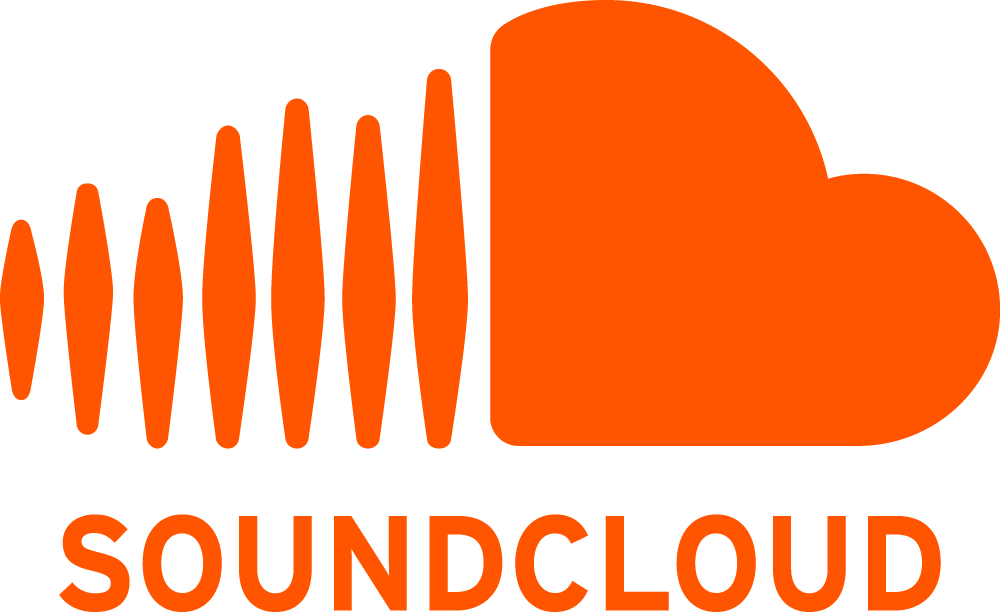
The History of SoundCloud
History of SoundCloud
SoundCloud is a leading audio streaming platform that has revolutionized the way we listen to music and discover new artists. Since its inception, SoundCloud has gone through various stages of growth, becoming a major player in the music streaming industry. In this post, we’ll take a look at the history of SoundCloud and how it has evolved over the years.
Founding of SoundCloud
SoundCloud was founded in 2007 by Alexander Ljung and Eric Wahlforss, two Swedish entrepreneurs. The idea for SoundCloud came about after Ljung, a former industrial design student, noticed that musicians had limited ways of sharing their music with the world. He and Wahlforss envisioned a platform where artists could upload their tracks and share them with a global audience.
SoundCloud was initially launched as a platform for independent musicians to share their music. It quickly gained popularity due to its simple user interface and the ability to embed tracks on other websites and blogs.
Early Growth and Popularity
In the early years, SoundCloud’s growth was slow but steady. By 2010, the platform had gained significant traction, particularly among independent artists and DJs. SoundCloud’s success was largely driven by its unique offering—a platform that allowed users to share, comment, and discover music.
In 2011, SoundCloud introduced a feature called “Repost,” which allowed users to share tracks they liked with their followers, helping to increase the platform’s social element. This feature helped SoundCloud become the go-to platform for music discovery.
Partnerships and Expanding Content
By 2012, SoundCloud had secured major partnerships with record labels, giving it access to more mainstream content. These partnerships helped SoundCloud attract a larger user base and led to the introduction of premium services, such as SoundCloud Go, which allowed users to access ad-free music and offline playback.
In the years that followed, SoundCloud continued to grow and expand its content offerings. It introduced features such as personalized playlists, music recommendations, and exclusive releases from major artists. SoundCloud’s user base grew rapidly, and by 2014, the platform had more than 250 million registered users.
Challenges and the Move Toward Monetization
As SoundCloud’s user base grew, so did the challenges the platform faced. Competing with major players in the industry like Spotify and Apple Music, SoundCloud had to figure out a way to sustain its operations. In response, the company introduced monetization features for creators and musicians, allowing them to earn revenue from their tracks.
Despite these efforts, SoundCloud faced financial struggles. In 2017, the company announced that it was facing a financial crisis and would need to make significant cuts to its staff in order to survive. However, with the help of new investors, SoundCloud was able to restructure and continue operating.
Recent Developments and the Future of SoundCloud
In recent years, SoundCloud has made strides to regain its position in the music streaming market. The platform has introduced new features, such as the ability for creators to directly monetize their tracks through the SoundCloud Premier program. Additionally, SoundCloud has focused on developing its mobile app and improving the overall user experience.
SoundCloud has also expanded its partnerships with major labels, allowing the platform to offer a larger catalog of licensed music. In 2020, SoundCloud acquired the music distribution service Repost Network, which helps independent artists distribute their music to other platforms such as Spotify and Apple Music.
Looking forward, SoundCloud continues to innovate and adapt to the changing music streaming landscape. While challenges remain, SoundCloud’s ability to provide a platform for independent artists has cemented its place in the music industry.